Description
Marigold (Calendula)
Marigold herbs typically refer to Calendula officinalis, commonly known as calendula or pot marigold. Calendula is an herbaceous plant that belongs to the Asteraceae family. It is native to the Mediterranean region but is now cultivated in many parts of the world. Calendula is well-known for its bright and cheerful flowers, and it has been used traditionally for culinary, medicinal, and cosmetic purposes. Here are some key aspects of marigold (calendula) herbs:
Appearance:
- Flowers:
- Calendula plants produce vibrant, daisy-like flowers with orange or yellow petals. The flowers are the most commonly used part of the plant.
- Leaves:
- The leaves of calendula are green and slightly hairy, but they are not as commonly used as the flowers.
Culinary Uses:
- Edible Flowers:
- Calendula flowers are edible and have a slightly peppery and tangy flavor. They are often used to add color to salads, soups, and other dishes.
- Herbal Teas:
- Dried calendula flowers are used to make herbal teas. Calendula tea is known for its mild, earthy taste and is often consumed for its potential health benefits.
Medicinal Uses:
- Skin Care:
- Calendula has a long history of use in traditional medicine for skin-related issues. It is known for its soothing and anti-inflammatory properties and is often used in creams, salves, and ointments for skin conditions like cuts, burns, and rashes.
- Wound Healing:
- Calendula may promote wound healing and is used topically to support the recovery of minor wounds and skin irritations.
- Anti-Inflammatory:
- Calendula is believed to have anti-inflammatory effects, which can be beneficial for various skin conditions.
- Oral Health:
- Calendula-infused mouthwashes or gargles are sometimes used for oral health. It may help soothe inflammation in the mouth and throat.
Preparation and Application:
- Infusions and Teas:
- Calendula teas can be made by steeping dried flowers in hot water. The infusion can be consumed or used topically.
- Topical Products:
- Calendula is commonly found in various skincare products, including creams, balms, and ointments. These products are applied to the skin for their soothing and moisturizing effects.
Cautions:
- Allergies:
- While calendula is generally considered safe for most people when used topically, some individuals may be sensitive or allergic to plants in the Asteraceae family. It’s advisable to perform a patch test before widespread use.
- Pregnancy and Breastfeeding:
- Pregnant or breastfeeding individuals should consult with a healthcare professional before using calendula products.
Calendula herbs have gained popularity for their versatility and potential health benefits. Whether used in culinary dishes, teas, or skincare products, calendula is appreciated for its vibrant appearance and gentle properties. Always ensure the quality and safety of calendula products and consult with a healthcare professional for personalized advice.

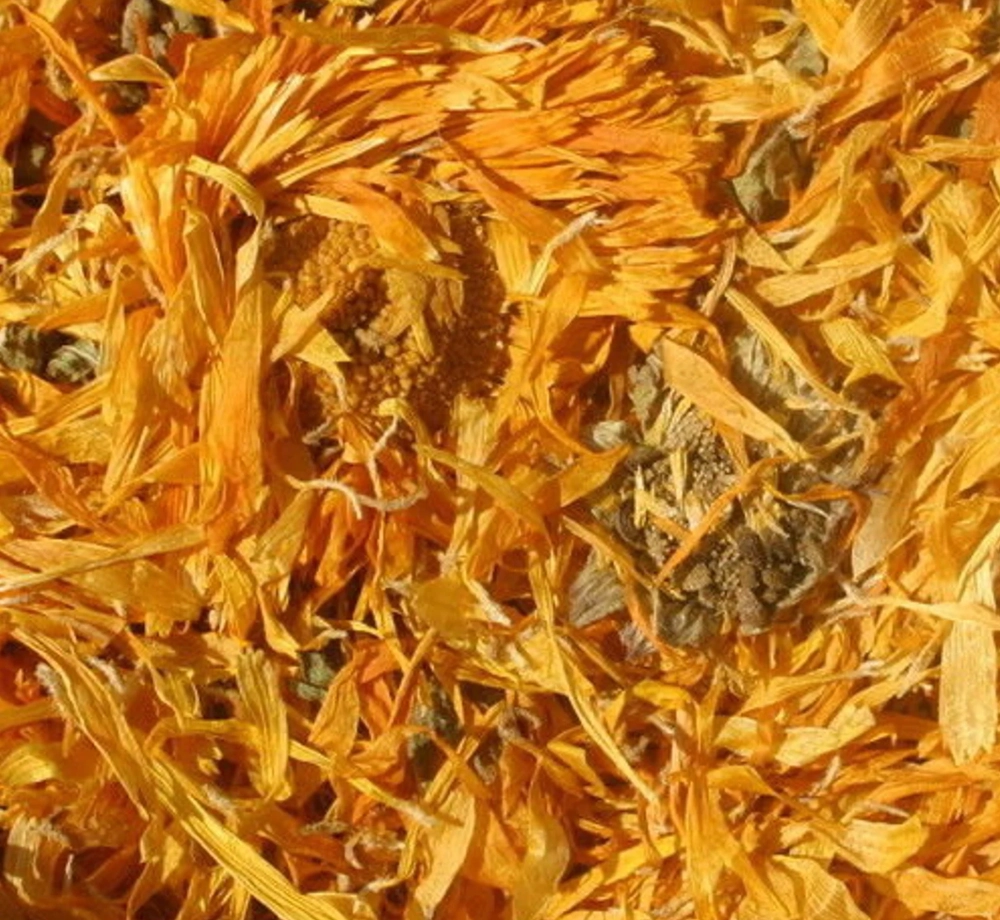
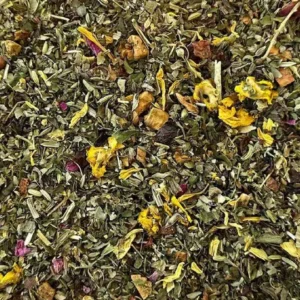
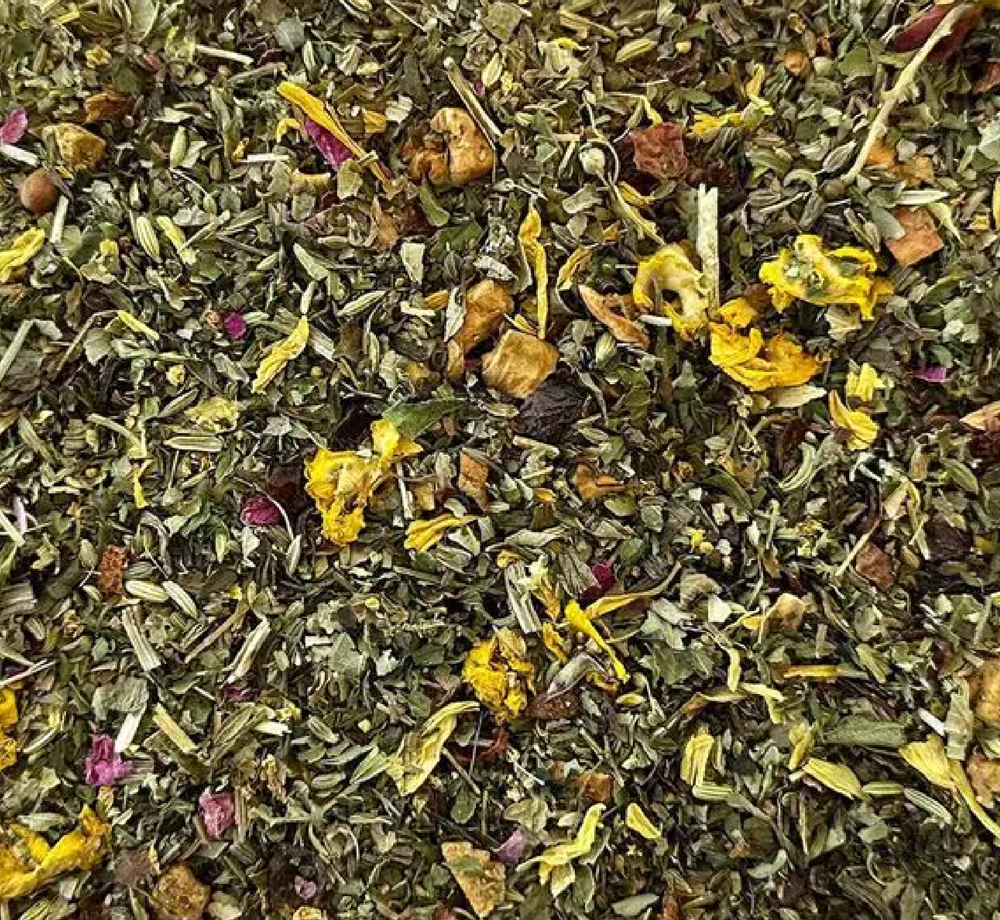
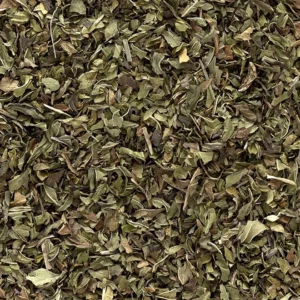
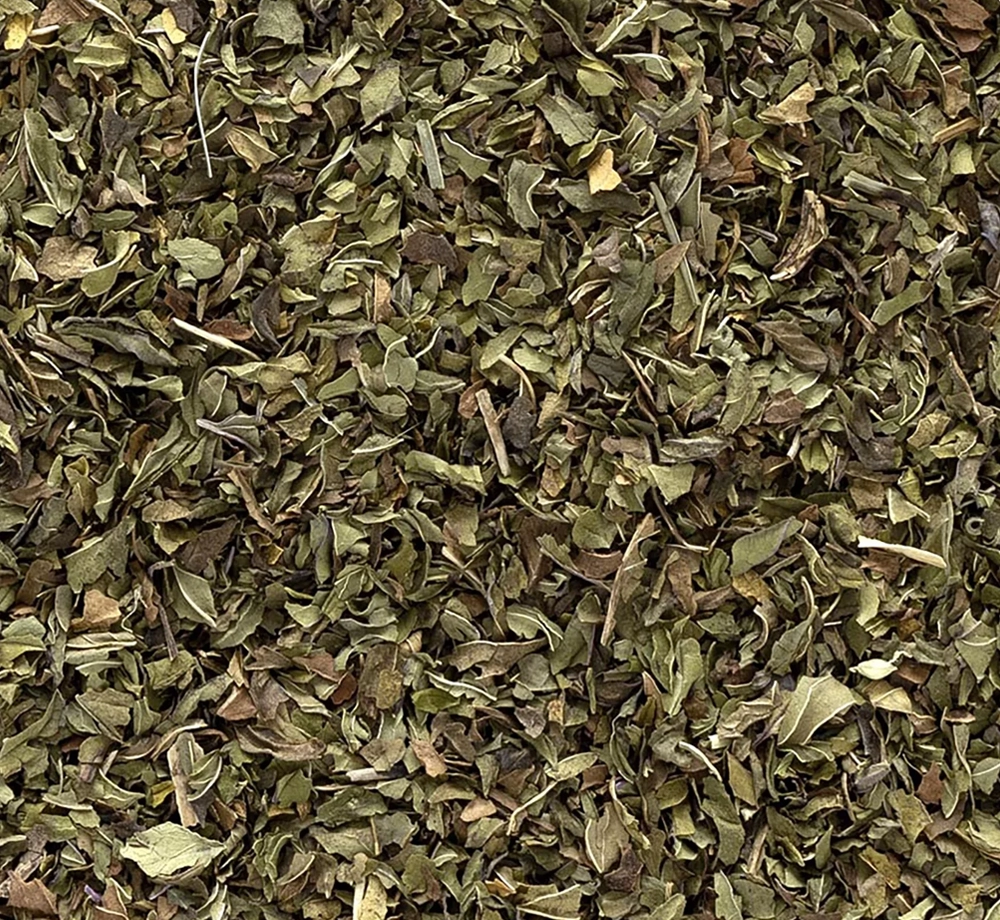
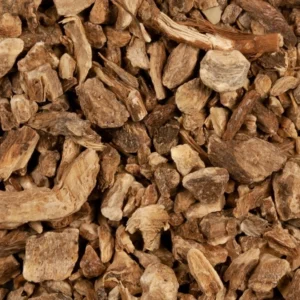
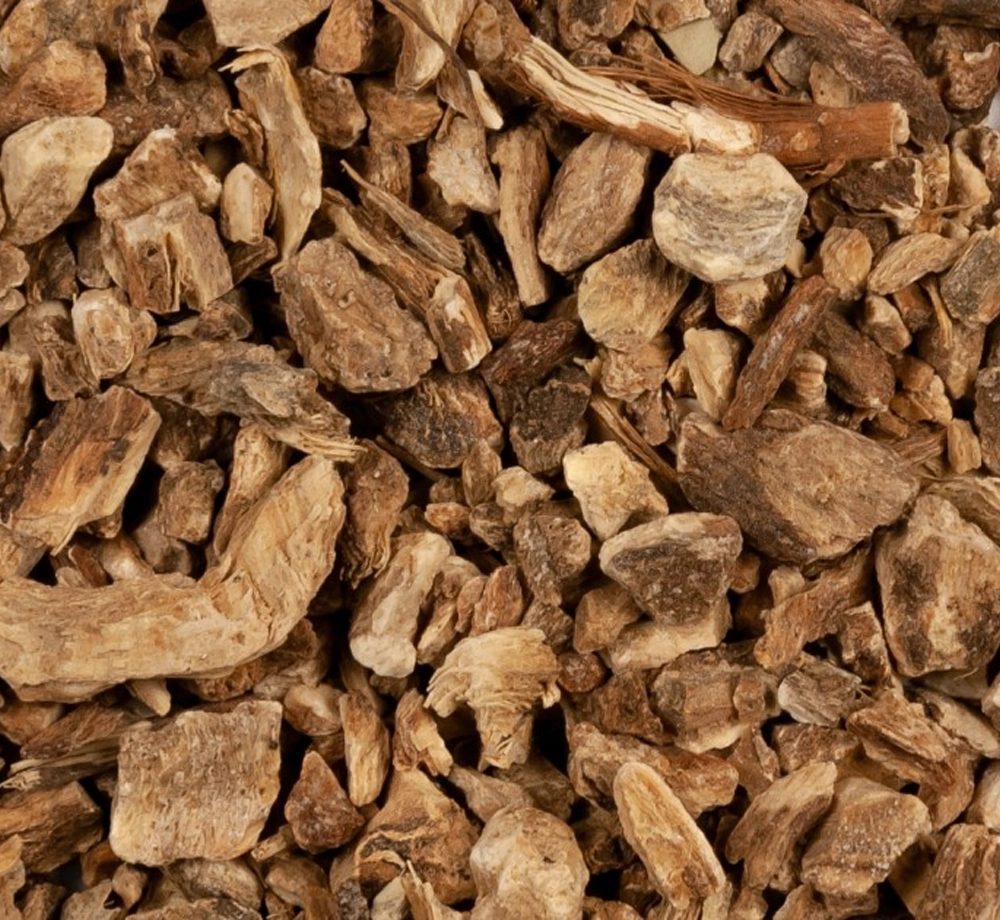
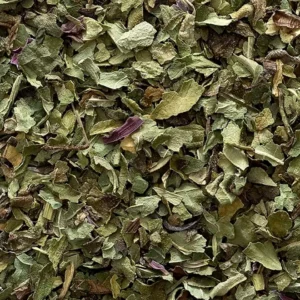
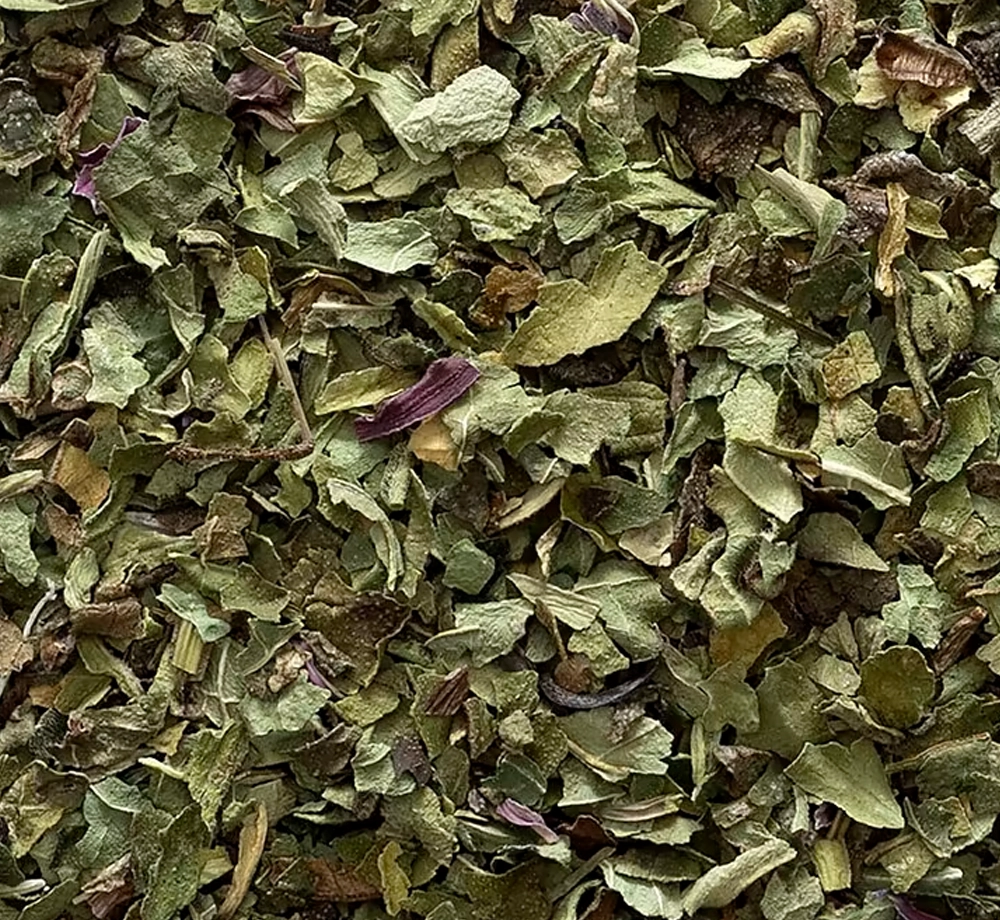
Reviews
There are no reviews yet.